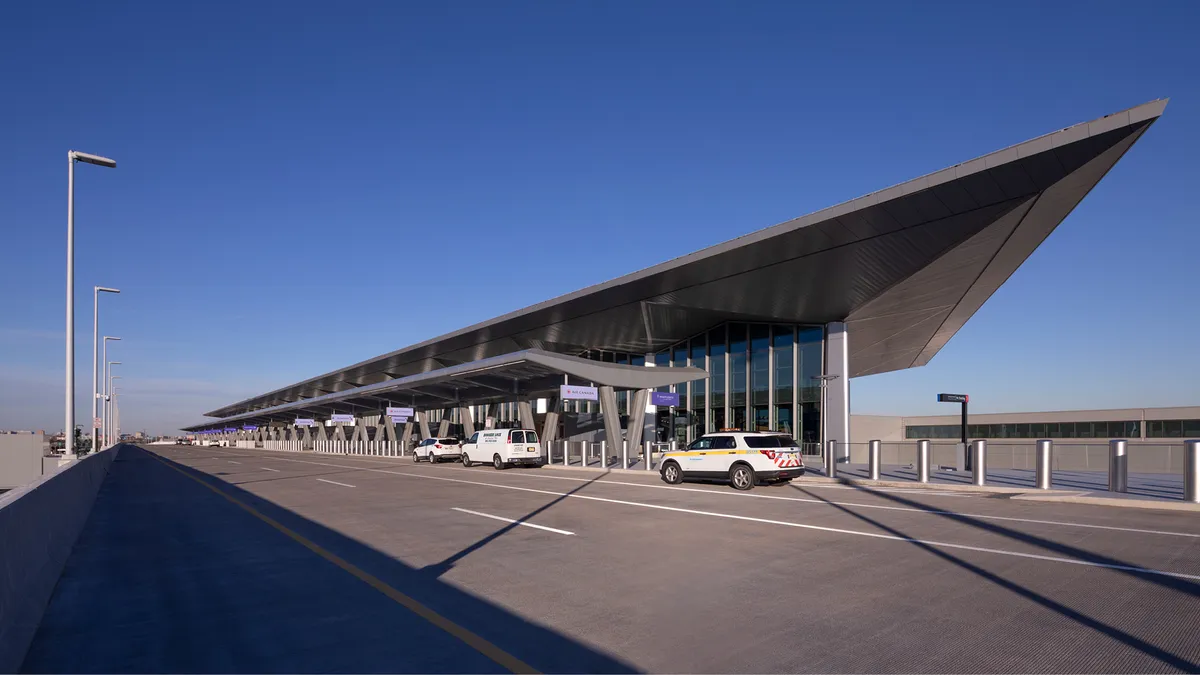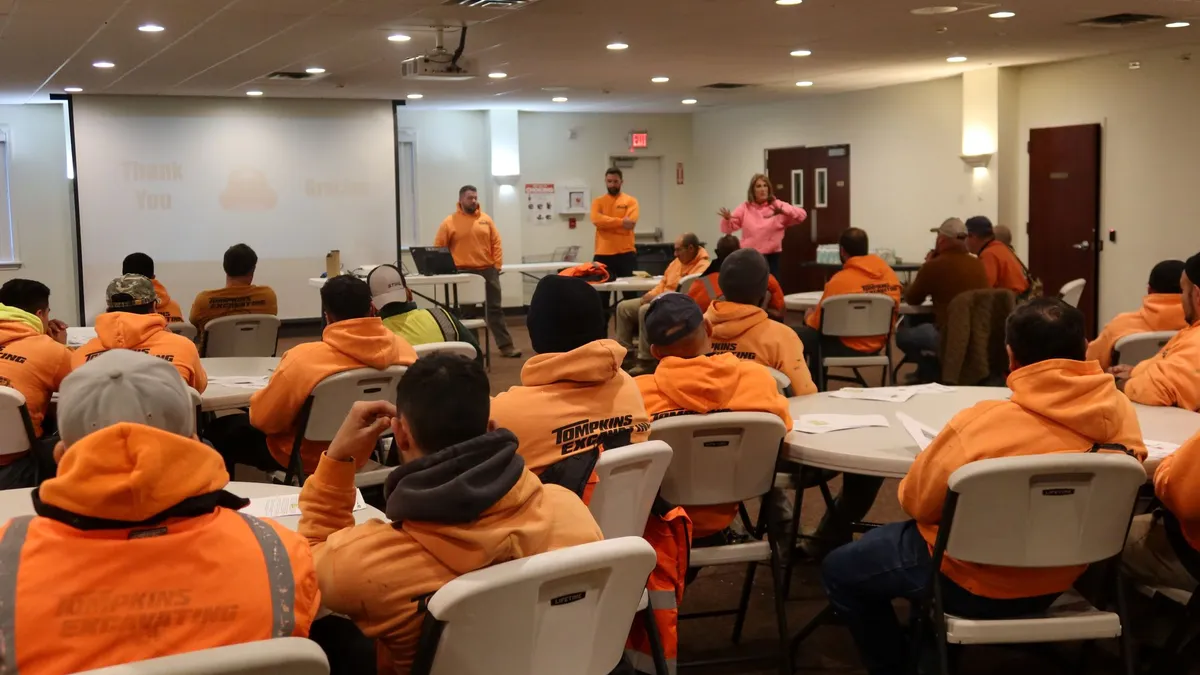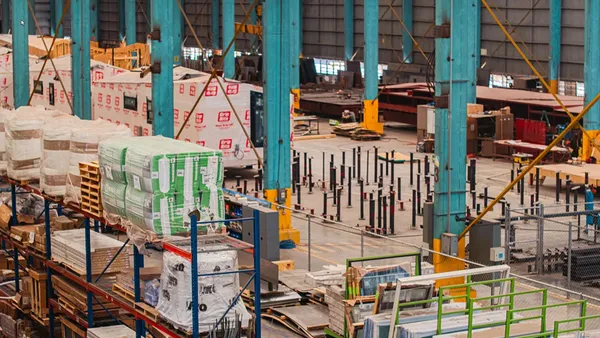It’s safe to say that contractors are familiar with general liability, automobile and workers’ compensation insurance. At the very least, they know they have to have these major coverages in order to do business, even if they can't give a detailed description what each one means.
But often a contractor’s risks go beyond what traditional insurance coverage provides, or there are nontraditional ways of delivering protection to the job site that don’t include these standards.
Wrap-up policies
In general, wrap-up policies provide one insurance policy for all contractors on the same project. The theory behind it, according to David Grenier, managing director and principal consultant at C-Risk, is that by purchasing one, all-encompassing policy, the project can take advantage of economies of scale versus absorbing brokers' and administrative fees that are included in individual subcontractor and contractor policies. In addition, according to Rob McCarthy with GRBM Insurance, wrap-ups avoid the question of whether each subcontractor’s insurance policies have adequate limits.
There are two kinds of general wrap-up arrangements — a contractor controlled insurance policy (CCIP) and an owner controlled insurance policy (OCIP), both of which usually include general liability, workers' compensation, builder's risk or others. After that, Grenier said, coverage is “a la carte” and can vary depending on what the purchaser, or sponsor, wants or what the project dictates.
Of course, that means that contract amounts for subcontractors under a CCIP and subcontractors and the general contractor under an OCIP will not include insurance premium charges in their final contract amounts, at least the ones that the single project-wide policy provides.
Bidding contractors, said Joe Charczenko, a partner at Construction Risk Partners, a JLT Group Company, will include insurance charges as alternates so that the sponsor of the wrap-up, be it owner or contractor, can track exactly how much savings, if any, is secured. He said wrap-up policies can also provide more consistent coverage tailored for the project.
In addition, Charczenko said, wrap-up policies could be the answer to the sometimes-contentious discussion around who will assume liability. “The [anti-defamation] movement is not allowing everything to be pushed down to the lowest level,” he said. “The owners or managers traditional means of transferring risk to subcontractors aren't there.” Therefore, one way to avoid arguments about who is at fault or whose insurance company pays is to take out this policy.
Those covered under a wrap-up policy, however, should make sure there is seamless coverage between operations related to the project and those conducted elsewhere. Charczenko said that oftentimes wrap-up coverage encompass more than just the four corners of a project site, and includes adjacent work sites like a small prefabrication facility set up nearby. But it probably does not cover an accident on the way from the jobsite to the subcontractor’s warehouse.
Subguard policies
Subguard coverage, developed by Zurich Insurance, is a specialty product for subcontractors that is often accepted by general contractors as a satisfactory alternative to payment and performance bonds. If a subcontractor defaults, the insurance policy compensates the holder of the bond for losses related to the subcontractor’s obligations. “It eliminates the financial burden of bonding for smaller contractors,” McCarthy said. “Most contractors are big fans of Subguard.”
Pollution policies
Pollution coverage, Charczenko said, is one of those coverage points that is typically excluded by a standard general liability policy, so contractors need to specify to their agents that they want the extra coverage. Generally, he said, the types of things the policy covers are damage to third parties resulting from exposure to asbestos, lead, mold, silica or other pollutants.
“Even though you might not be a contractor typically associated with pollution exposures, like an environment or remediation contractor where the exposure is obvious,” McCarthy said, "almost all contractors have a pollution exposure. With very low minimum premiums, it’s worth the investment.”
Explosion, collapse and underground (XCU) policies
McCarthy said XCU coverage is also an exclusion on most general liability policies, and is designed to limit coverage for contractors that do not engage in this type of underground work. Charczenko said these policies are usually meant to cover damage to third parties, as typically damage to a building in progress is covered under a contractor’s general liability or builder’s risk policy.
Railroad protective liability policies
With more work being done in urban areas, and new rail projects on the rise, contractors need to think about another type of coverage that McCarthy said is excluded on a vast majority of contractor general liability policies, but that is required when working within 50 feet of an existing railroad.
“The railroad protective policy is written in the name of the rail company," Charczenko said, "and proves to the railroad that they have dedicated limits and protection for rail stock and claims that can occur.” The policy relieves the rail company's concerns, he said, that coverage limits will be exhausted on other related claims and not leave enough to cover losses in case of a major event.
The insurance business, Charczenko said, is taking a more advisory role, and is urging contractors to sit down with their insurance agents to discuss their operations more frequently than just at renewal times. "The easiest part of what we do is renew policies," he said. "We have clients [for whom] we review every single job they bid. We review the bid specs for them and look at what insurances are required. We're talking about the risk before they even bid."





















